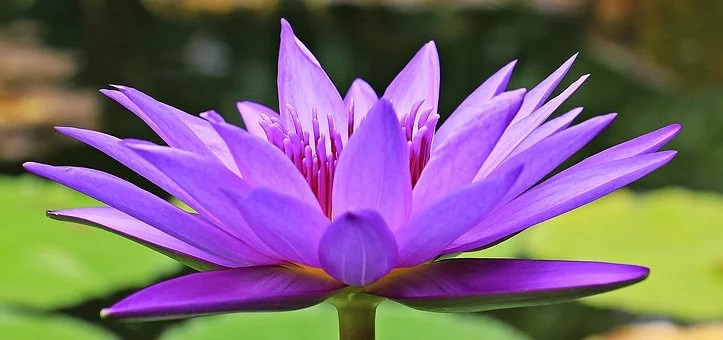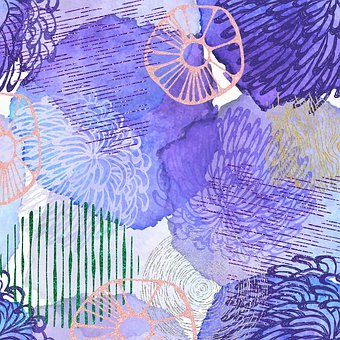For ordinary people, the mind follows a natural pattern. This pattern always takes the same direction. To start with, material things can bring us a feeling of happiness. This feeling of happiness is based on a sense of satisfaction; in turn this sense of satisfaction comes from having a new or fresh experience. When we examine the feeling of happiness, we see that all things lose their luster once the novelty wears off. Being new and fresh is not a quality that can last forever; it is only a matter of time before it dissipates. When the new sensation disappears, the feeling of satisfaction loses its base and disappears with it. The feeling of happiness then disappears as well.
~Depicted from ARE YOU READY FOR HAPPINESS - The Tibetan Buddhist View on Happiness











